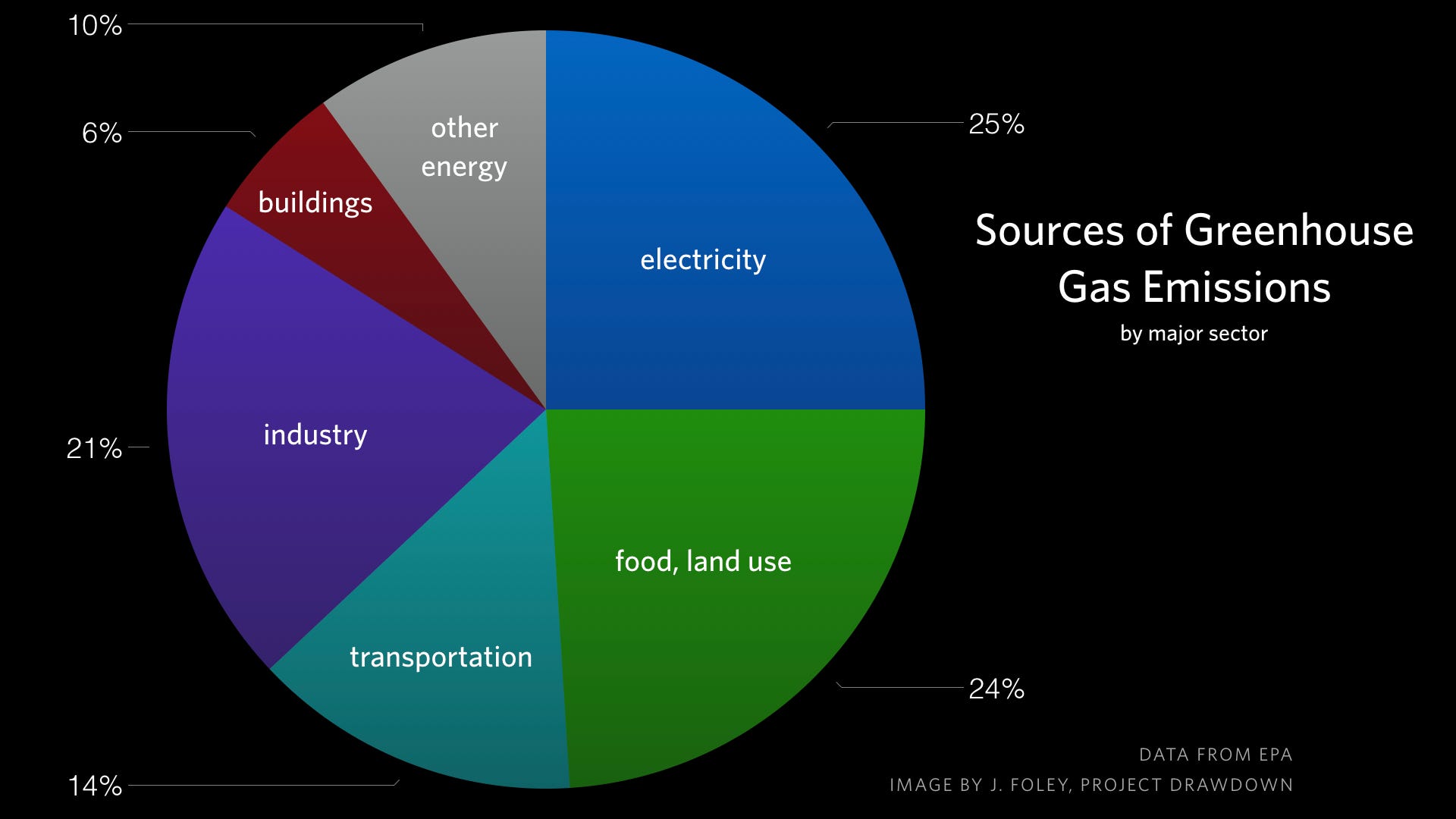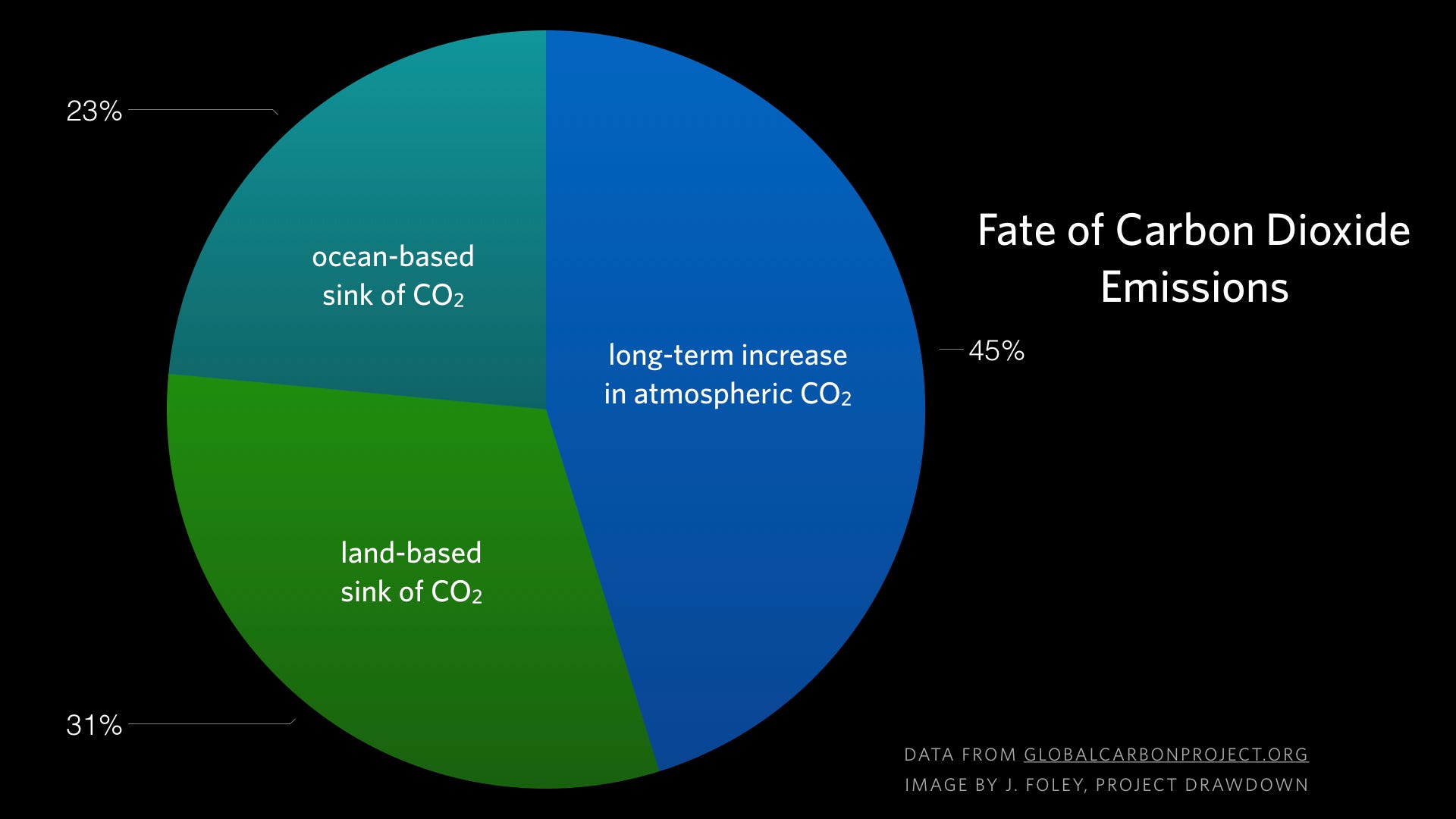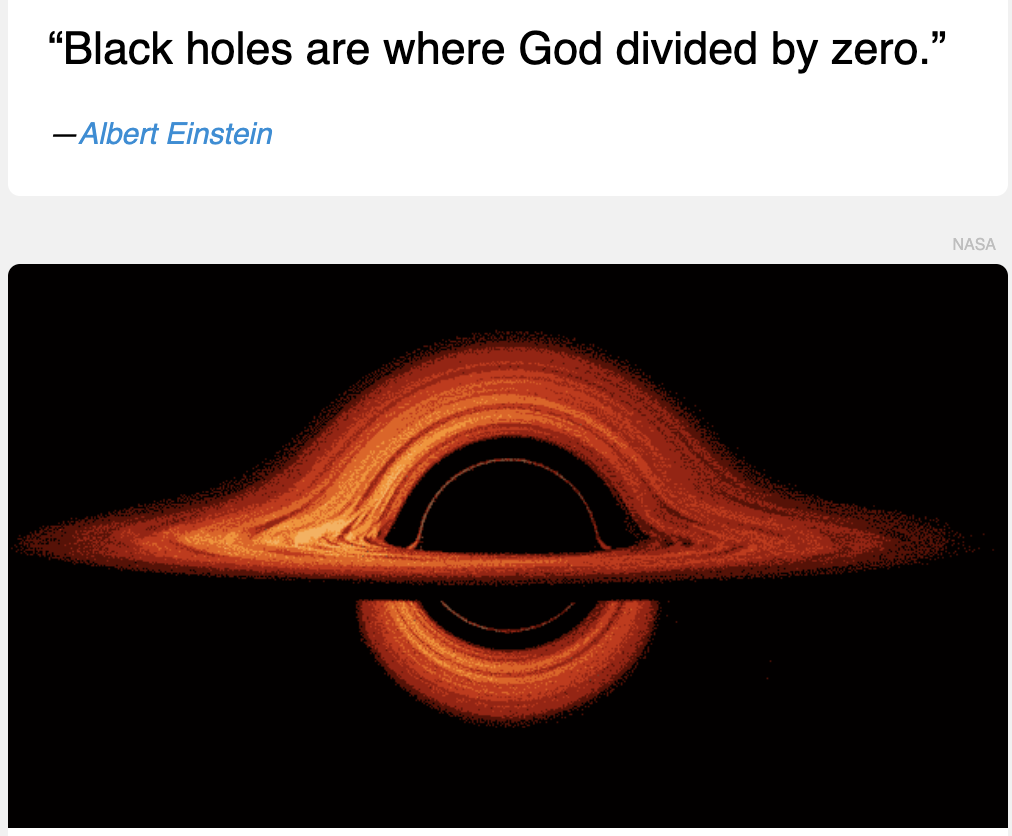Futures
[avatar user=”malm” size=”small” align=”left” link=”file” /]
“Capitalism … is about to end. What matters is what comes next.”
BladeRunner was set in November 2019 and represented a view of the future or hauntology that reflected 1980s concerns notably about the rising influence of Japan and technology. How close it came to a prediction of our modern world is a somewhat mixed picture. We aren’t anywhere close to creating replicants or off-world colonies but digital communication in many ways is even more advanced.
The world that came to pass is arguably much more prosaic, messy and less advanced in many fundamental ways than imagined by Philip K Dick. For instance the Guardian covering how big tech is dragging us towards the next financial crash as a candidate for the next part of the system “too big to fail” is something that would be an immediately recognisable trope to a time-traveller from the 80s:
The much-lauded overseas “cash” pile held by the richest American companies, a treasure that Republicans under Trump had cited as the key reason they passed their ill-advised tax “reform” plan, was actually a giant bond portfolio. And it was owned not by banks or mutual funds, which typically have such large financial holdings, but by the world’s biggest technology firms.
The scope and scale of much current high end intellectual thought about economics and society remains remarkably stubbornly tied to the Capitalist system. The entrenched, disciplined hegemony of capitalism in the face of growing existential threats to humanity has been perhaps the most surprising aspect of the world we’re in:
the philosopher Slavoj Žižek once said, even the brightest minds would rather fathom the end of the world than plan for the demise of capitalism. Perhaps the greatest contribution of Good Economics… is precisely this: it demonstrates both the brilliant insights that mainstream economics can make available to us and its limits, which a progressive internationalism has a duty to transcend.
However our current global system seems increasingly close to collapse over the coming years in the face of climate catastrophe, pollution, gross inequality and growing pressure on resources. It’s entirely plausible the end when it comes will be as unexpectedly sudden and similar to the fall of the Soviet empire in the late 80s post the conception of BladeRunner:
The Soviet system, too, couldn’t feed the farmer, or give the factory worker the things he made. Like the American system, it degenerated into a kind of plutocracy — where elites skimmed so much cream off the social cup, nothing was left for anyone else in the end.
What is harder to parse is the shape of post-capitalist society. The most pressing urgent need is to address the unfolding climate emergency which, as further explored in the next section, will require global societal collaboration on a level that feels inconceivable today in 2019. Something else that appears inconceivable is Fully Automated Luxury Capitalism (or FLAC) a form of techno-utopian magical thinking that tries to imagine what post-scarcity would look like to a latter day avowed Socialist. At least it is positive in outlook – bread and roses meets 3D printing:
The revolutionary Left used to believe that the advent of socialism would mean breaking down the barriers capitalism presented to social and economic progress and creating a new system that would move all of humanity beyond scarcity and into a world of plenty.
Darker visions accommodate the increasing likelihood of weapons of mass destruction falling into the hands of small groups or even highly motivated individuals driven by agendas that may include human extinction to save the world. The notion that the future will be more “business as usual” continuity seems ever more difficult to square with the growing existential threats to that worldview.

Killing Joke from 2015 ever relevant, a consolation as we head into the unknown:
“One by one, we embark, to the sun behind the sun. Cast off, steer straight, into the unknown“
Climate Emergency
The “three most important graphs in climate change” from Dr Jonathan Foley, Exec Director of Project Drawdown, concern the sources of greenhouse gas emissions and the sinks where they end up. There are some vital takeaways in here notably that:
“burning coal, oil, and natural gas to generate electricity is the single largest source of global emissions, but the food & land use sector is nearly tied with it.”
and:
Over half of our annual CO2 emissions are immediately absorbed by land-based ecosystems and the oceans, dramatically reducing the impact of our activities on climate.



Foley’s views suggest there is a glimmer of a chance to save ourselves but it will take enormous societal change right around the world to do so with a shift to renewable sources for electricity generation and reforestation being critical to success. It’s a double hander message increasingly being reiterated by others like ex-AWS staffer Paul Johnston:
one of the things that we need to do to essentially turn back the clock on climate change is we need to stop emitting carbon. But we don’t just need to stop emitting carbon, we need to also be taking carbon out of the atmosphere, so carbon capture and storage. We need to be reducing the amount of carbon that’s coming out of various different other places around the world.
Our brains insulate us from over thinking the impact of our actions on the future. Few of us seem capable of confronting the abyss humanity faces. Without drastic and fundamental change now, the future 50 years from here out in 2069 will inevitably be grim and those deeply thinking about it are far removed from the more optimistic hauntologies created 50 years ago about what life would be like in 2019:
So, what is the future like? Well, we never got past the climate crisis, and that’s all right. By thinking of climate change as something we could sprint ahead of — that some God or government or machine would save us — we were deluding ourselves that our lives wouldn’t have to change. But eleventh-hour salvation stories are for children’s tales and amnesiac histories. Instead, we accepted that we could not escape the trouble. We developed more sustainable forms of life without the promise of returning to a world that we didn’t have to care for, and it allowed us to survive.
Umair Haque’s dark vision of a descent to Hobbesian survival bought about by a confluence of disasters fuelled by climate collapse has been referenced before in this newsletter. His terrifying description of the future is reminiscent of the bleakest of dystopian fiction. Haque’s posts have been a tracer arcing a flaming trajectory through Medium over the last few years. Catastrophic societal implosion of unimaginable scale remains the enduring image:
Even the most powerful, richest societies in the world aren’t immune to becoming little packs of people fighting desperately for survival on a dying planet. That is the future of all of us, except the predatory 0.1% whom capitalism made kings and emperors of…a dead world.

What is there to say to that? Only that we must endure and keep trying. Unborn generations to come are counting on us to save them:
Would you tell a child you’re not going to try to save their future because it might not work out and then you’d have wasted your time?
Technology
The assertion that technology is going to save us remains seductive. If so, it will need to adopt different routes as soon as possible because the direction of travel feels counter humanity. The demand for computationally-heavy machine learning models in all forms of tech enterprise is requiring ever growing quantities of electricity to support and is not sustainable. The quality of digital images and video, even better than the real thing, is paradoxically draining reality from our analog lives which cannot compete with this new superreality. Our very experience and conception of the objective world is at stake.
At the same time the internet has shifted decisively to regional splintering and subscription based models signifying that walled gardens have won out over the open idealism of its early era. This quite literally means that rich and poor experience reality as mediated by the internet differently:
Today’s internet is full of premium subscriptions, walled gardens and virtual V.I.P. rooms, all of which promise a cleaner, more pleasant experience than their free counterparts. The pay walls have been rebuilt, and the artists no longer work for tips. Hundreds of millions of people shell out for Netflix accounts, Patreon podcasts, Twitch streams, Spotify and news subscriptions. The average American spent more than $1,300 on digital media last year.
A New Yorker reporter on what a tour of an Amazon Fulfilment Centre (FC) feels like. An unsettling and ultimately depressing experience lacking soul or poetry. A little like the company itself which as everyone knows is a mighty behemoth in which humans are indistinguishable from robots:
Unlike many of the larger tech corporations, Amazon does not promote idealistic, utopian, or progressive narratives about community or connection; it strives, almost always, to present itself as a kind of infrastructure. Perhaps it was inevitable that its efforts to humanize itself would scan as stilted and generic—the AmazonBasics of public relations.
The unnerving truth is that facelessness and placenessness are part of the value Amazon offers. Amazon culture is anonymity culture: anonymous objects ordered through an anonymous interface from anonymous sellers, funnelled, sorted, shipped, and delivered by workers who are often unseen.
Micromobility or why e-vehicles represent smartphones on wheels and offer the chance of transforming urban mobility presented by Asymco himself:
Underscoring many of his points, Volkswagen have announced a new electric vehicle the ID.3 which is slated to hit streets in 2020 and represents a “$50 Billion Moonshot Bet on an Electric Hatchback“

David Wood on the “visionary” Psion in 1995. It was a company that saw the future but slipped the stage come the 21st century leaving behind Symbian OS and all that:
Over the years I've often thought about this visionary advert, which Psion created in 1995. Thanks to a post in the Facebook group Gemini Planet, the ad can now be viewed in all its glory. There's a copy in the 17 Sept 1995 edition of Sports Illustrated, https://t.co/a0eprOUtlC pic.twitter.com/ygzrmFmNOC
— David Wood (@dw2) November 13, 2019
Vertu phones, some of which presumably still run Symbian OS, on sale on the street in Vietnam:
Interesting that @Vertu phones are still a thing in Vietnam. This luxury store in Hanoi selling numerous devices. Signature devices from 1.25 million dong (approx £4K). Via @_willwood pic.twitter.com/kqnHqTCjVY
— Ben Wood (@benwood) November 20, 2019
WSJ on Google and how they built the world’s dominant ad machine.
They’ve also now just bought Fitbit for $2.1 billion which should help them make inroads in the health data market. Fitbit have the volume of devices and data on fitness tracking to allow Google to do some interesting things.
Google’s Coral edge computing reference hardware platform has moved out of beta. It will be interesting to track its prospects relative to the Raspberry Pi which it seems to be most directly competing with for mindshare:
Under the heatsink is the detachable Coral SoM, which combines Google’s Edge TPU with the NXP IMX8M SoC, Wi-Fi and Bluetooth connectivity, memory, and storage. We’re happy to announce that you can now purchase the Coral SoM standalone. We’ve also created a baseboard developer guide to help integrate it into your own production design.

Within Google itself, evidence emerges that the company is trying to quantify the very nature of that most abstract of concepts, Googleyness:
in a move little noticed outside the company, Google has clarified the definition of the most sacred of those attributes—a collection of qualities it calls “Googleyness”—to avoid bias in hiring
Software Engineering
Great post on the imposter syndrome that comes with the territory when contemplating Donald Knuth’s mighty accomplishment The Art of Computer Programming. It’s likely to be the most widely distributed unread collection in computing history:
The short feedback loop and malleability of today’s software comes with a price. While software development can be much more playful today, it’s also easier to hack before we think, and it can create a lot of problems. Great software still does require a lot of thought, and with ease we lose rigor.
Python would be a primary example of the kind of higher level abstraction that would have been entirely alien to Donald Knuth and his cohort in the IBM650 mainframe era. This post explains how little code is needed to build coroutines using asyncio:
import asyncio
async def main():
print(await func())
async def func():
# Do time intensive stuff...
return "Hello, world!"
if __name__ == "__main__":
loop = asyncio.get_event_loop()
loop.run_until_complete(main())
Fascinating post from Wired on the causes for the latest announced delays on the benighted London CrossRail project. Reading between the lines the issues lie with the complicated interactions between the different signalling systems which in some cases require a wireless bearer to connect them together. This description of the test setup quoting a test consultant called Mike Moloney doesn’t entirely inspire confidence:
“Testers try and break the new stuff by acting like an end user that’s never used the system before,” says Moloney. They write a number of test scripts and put them together to create an end-to-end journey that depicts how someone might open the app, use it in a particular way, and get to an end point. The testing script is run automatically (with other software) or manually (by a human). Testers also perform “exploratory testing,” which is “someone just doing crazy shit to find out what will happen,” according to Moloney. Testers also have to run regression tests to check that the new code hasn’t broken any of the code that existed before.
Good post on why “SLOs are the API for your engineering team“. Ultimately they define it’s performance perimeter:
- An SLI is the indicator for goodness.
- The SLO is your objective for how often you can afford for it to fail.
- And an SLA is an agreement with your users about it.
Will Larson is probably the best writer around right now on engineering management. In this post he reflects on when working harder simply stops becoming a viable answer:
The approach of working harder to overcome problems mostly works though, when you or someone else is managing the flow of your incoming work. Earlier in your career, your manager or a senior peer will be helping you manage the number of features or tickets you take on each sprint.
As you get more senior, you’ll increasingly be exposed to the unfiltered demands of “the business.” In a slow growing company, the increase is typically slow enough that working harder will keep up with additional work if relieved by occasional hiring.
In faster growing companies or teams, though, working harder quickly becomes a self-defeating strategy.
Startups
Why failing 15% of the time is the best way to learn.
How can I build and launch this in ONE day and still deliver 50% of the results?
Science
Quartz Obsession on Black Holes:
A new form of display device created by UK researchers “uses a 3D field of ultrasound waves to levitate a polystyrene bead and whip it around at high speed to trace shapes in the air.“
The geometry of thought or how our brains may store information in a spatial fashion akin to situated media:
The hippocampus’ place and grid cells, in other words, map not only physical space but conceptual space. It appears that our representation of objects and concepts is very tightly linked with our representation of space.
Culture
Having been around for decades, apparently talking instead of singing over music has become a thing in 2019. The two are extremes on a spectrum that many artists have travelled along with most obviously poets like John Cooper Clarke favouring the more spoken route:
Famed 60’s photographer Terry O’Neill has passed away. In a lifetime of iconic photos his astonishing pictures capturing the meeting between William Burroughs and David Bowie in 1974 are standout:
Politics
Peter Oborne on the lies of Boris Johnson in the run-up to the UK General Election:
My dossier of the lies, falsehoods and misrepresentations of Boris Johnson and his government is now published: https://t.co/tfVKwlWx1d
— Peter Oborne (@OborneTweets) November 8, 2019
Opprobrium for Johnson from an unlikely source in a Guardian interview with Everton football legend Peter Reid:
“I told him he was a fat, lying twat and a disgrace for what he wrote about my city. Cowardly, he shit himself.”
Yet with politics increasingly a blood sport, don’t expect any apologies from Johnson. From Trump through to Harvey Weinstein it now seems very much the thing to double down, hit back and refuse to apologise.

